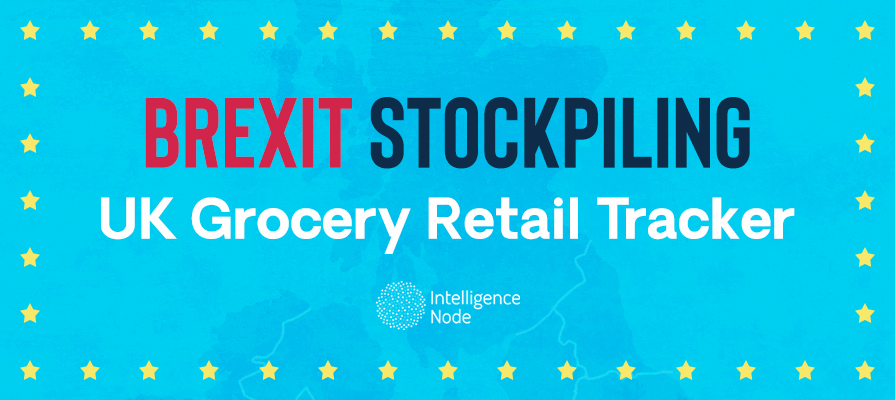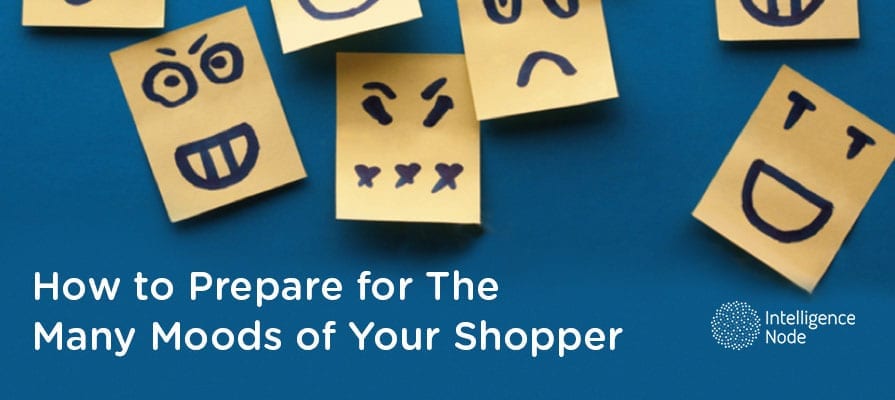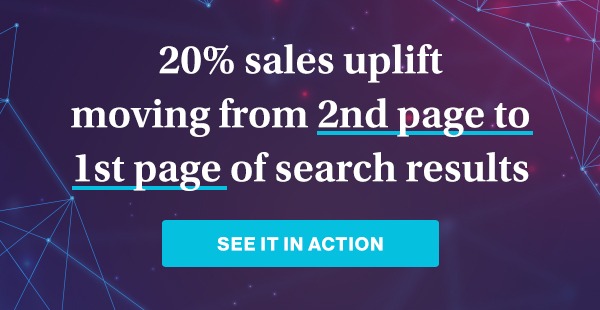Assortment planning is a cumbersome process most retailers dread, physical or digital, but it’s essential to the business and becoming more critical than ever as the eCommerce segment grows.
To ease the pain of assortment planning, retailers are starting to adopt systems rooted in big data analytics and artificial intelligence. With the promise of making their assortment planning process scalable and useful in competing with the likes of Amazon and Walmart.
Let’s now dive into what assortment planning is, why retailers need it, and what an ideal assortment planning tool should do.
Assortment Planning 101
Whenever customers visit your store, either the physical or the online one, they encounter a sampling of your inventory, on a rack or a store page. Like it or not, this is a representation of your offerings and total inventory, which means this is your first impression with the customers.
Assortment planning is the study of these product lineups and their optimization for winning sales with customers. This has typically been done using pen and paper or spreadsheets, but it’s a process that is increasingly being managed by plugging in data beyond internal sales these days.
Assortment planning also runs deeper than merely presenting items with seasonal relevance or that are in current fashion. It’s also about identifying what kinds of products get the best sales traction with your brand and other offerings. It answers some very important questions:
- What are the ideal price ranges for making sales?
- What kinds of items should you be selling – trendy, classic, posh?
- What proportion of your assortment should come from the different categories you have in stock?
- How can your assortment be optimized to emulate your competitors’ gains or make gains when they’re losing?
Retailers often face the dilemma of being trend-forward or playing it safe. The right mix varies from brand to brand, situation to situation.
Why Do You Even Need Assortment Planning
Assortment planning is all about putting the right goods in front of the right customers to maximize your sales conversions. So if that’s interesting to you, read on.
Mega-retailers like Amazon and Walmart are constantly experimenting with their assortment mixes and price points, looking for the magic mixes and numbers that keep the throughput high and look for opportunities to increase sales whenever possible. Typically, these tools are run by algorithms that crawl their competitors’ sites, collect price and product data, then makes decisions on the prices and mixes that their customers see.
Not all retailers need to use this kind of assortment planning software, however. Before investing time and money into buying these tools and deploying them, ask yourself a few quick questions first:
- Is your retail business large enough to require assortment planning in the first place? Do you employ more than 30 people, including a merchandise buying team?
- Do you make thousands of dollars in sales each month?
- Have you been relying on spreadsheets to guide your merchandising?
- Do you have aspirations for scalable growth?
- Does Amazon affect your pricing and inventory decisions?
- Do you sell on multi-retailer websites?
If you’re answering yes to these questions, you should seriously consider investigating assortment planning tools and deploy one rooted in big data and artificial intelligence, one that’ll do the heavy lifting for your team and make it much more feasible to grow sales.
What Good Assortment Planning Tools Look Like
Not all assortment planning tools are created equal. If your business hopes to break free of the Amazon dependency cycle or scalably grow without sacrificing profits in the name of sales, you need to find the right ones that meet your needs and actually help your business.
The ideal assortment tools, as mentioned before, run on intuitive, holistic data analytics so it can smartly ingest the data you need to inform assortment planning and make decisions that will help you move product at a steady clip.
Some features you need to look for when picking an assortment tool:
- Real-time analysis of your competitors’ catalogs
- Dynamic, well-rounded pricing strategies
- Simple, efficient interfaces that need little or no integrations, essentially plug-and-play modules
- Product life cycle analysis of pricing and promotions
- Custom dashboards and relationship charts for any metrics and parameters
With these functionalities, your assortment mixing can be automated, saving your staff hours and hours of work every cycle and enabling you to change the assortment on whatever frequency you desire, instead of the monthly or quarterly cycles you might be using now.
Smart assortment planning tools can give your operation an agility on par with Amazon, that lets you capture new sales very quickly and in the background. You can learn what inventory your customers expect from you and make adjustments to sell popular products when your competitors are out of stock.
You’ll also data that is holistic, accurate and intuitive, a platform that serves the data as quick, actionable insights, superb customer service, the flexibility of sorting features and analytics suited to your specific needs. It would also be helpful to have a tech support from teams with expertise in the retail space, so you can have conversations on the same level.
To get started, you might want to take a look at Intelligence Node’s assortment planning tools to see them in action.






